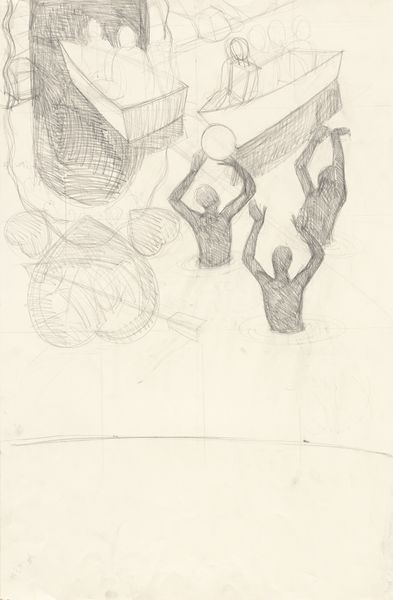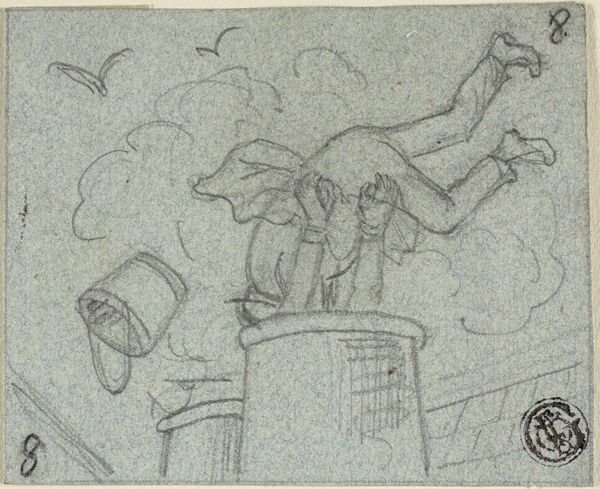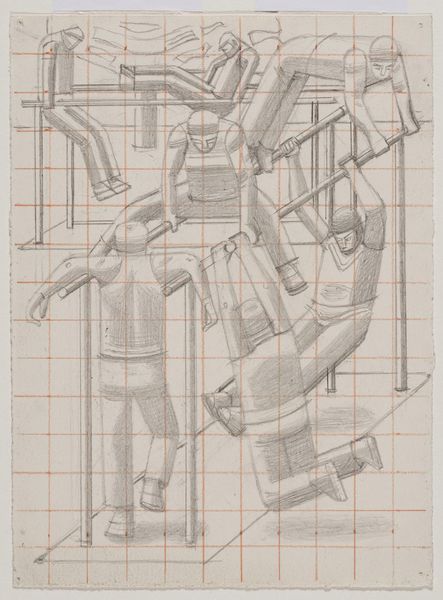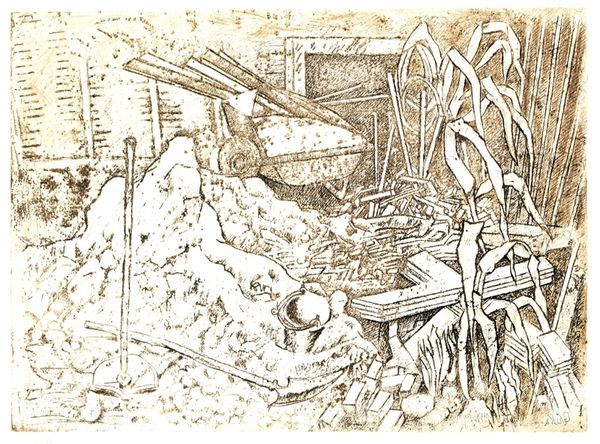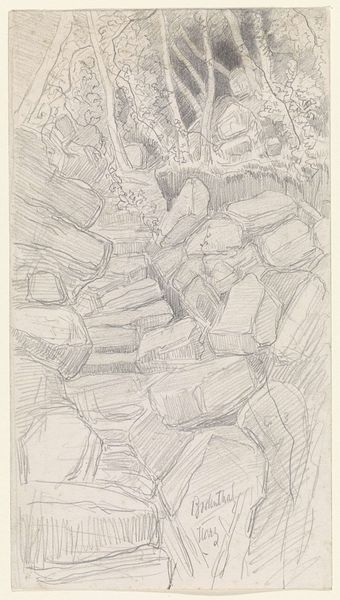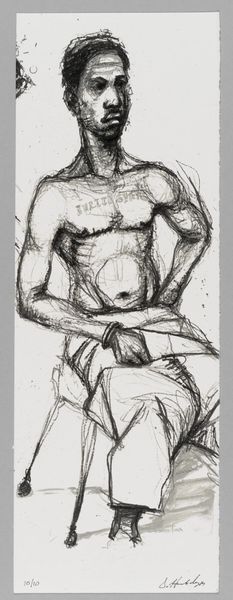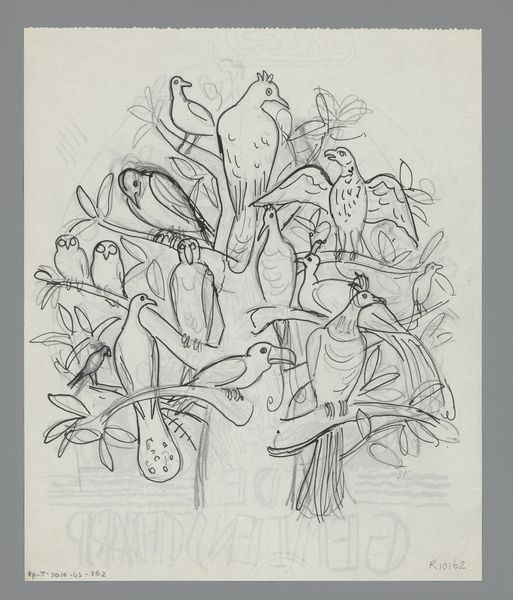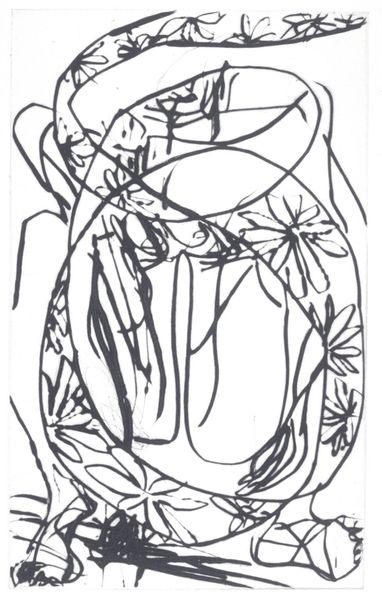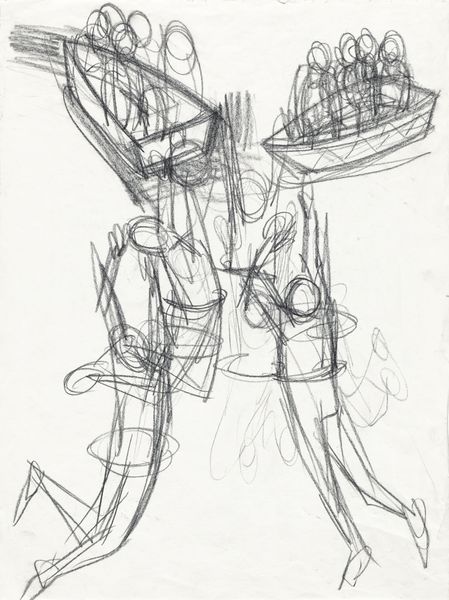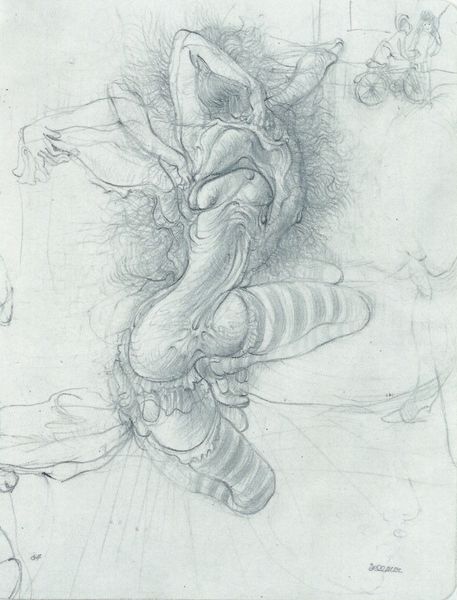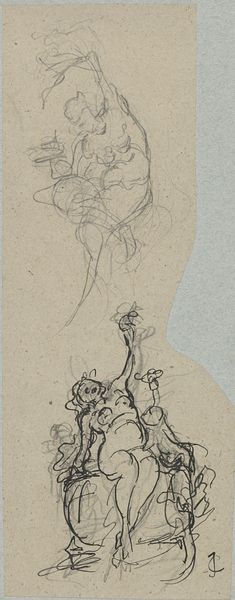
drawing, ink
#
drawing
#
landscape
#
ink
#
abstraction
Dimensions: overall: 60 x 45.2 cm (23 5/8 x 17 13/16 in.)
Copyright: National Gallery of Art: CC0 1.0
Editor: Here we have Max Beckmann's "Boulder, Colorado," created in 1949 using ink on paper. It feels almost like a fantastical geological study, more about shape and form than literal representation. What strikes you most about it? Curator: It's the evidence of the artist's hand. Look at the nervous energy in the linework. You can almost feel Beckmann grappling with the physical act of rendering the landscape, mediating its complex geology. How does the artist use the line and the mark? The drawing challenges traditional distinctions of high art, asking us to consider labor involved in creating the artwork. Editor: So you see the labor in the linework itself? Like, how rapidly or deliberately the lines are drawn? Curator: Exactly. The furious, scribbled textures exist next to more deliberately contoured forms. I wonder what impact the limited availability or cost of materials had? Think about post-war Europe and the movement of artists, like Beckmann, to the United States. Did scarcity shape his artistic choices? This wasn't preparatory; it was the end result, presented and seen as art. The rapid lines can represent urgency to show what is seen, which may or may not represent real subject matters in the surrounding, reflecting a broader cultural consumption. Editor: That’s fascinating. It really makes you think about the constraints and choices, how even something that looks spontaneous has a whole context behind it. Curator: Indeed, a materialist approach makes visible the ways of artistic expression, and makes people wonder why it happened in a specific period, given constraints. Editor: It changes how I see the drawing entirely, like I'm looking at an index of its own making. Thanks!
Comments
No comments
Be the first to comment and join the conversation on the ultimate creative platform.
